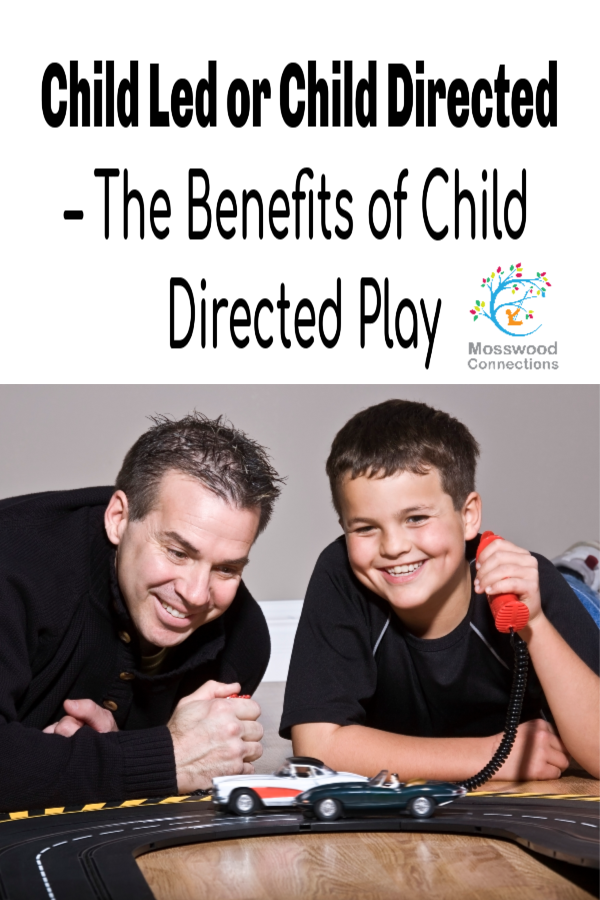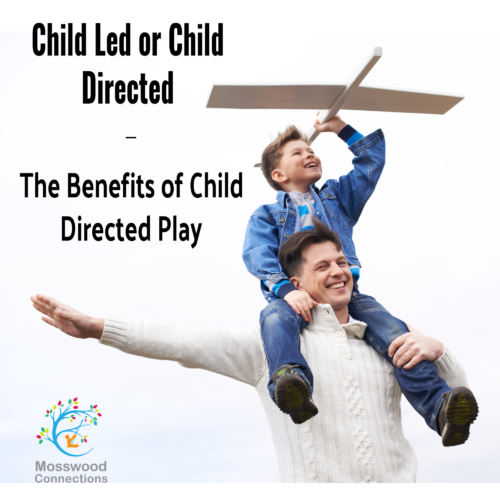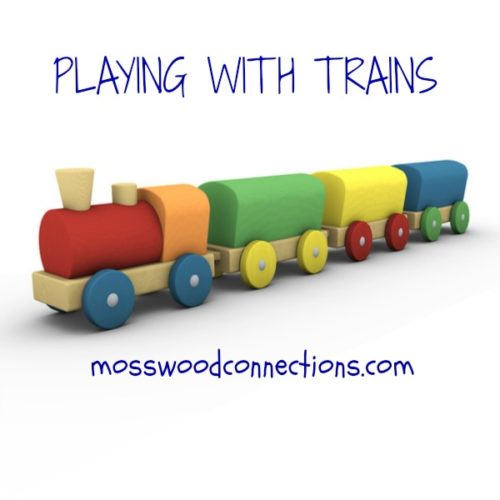Child Led or Child Directed
Autism
“To take children seriously is to value them for who they are right now rather than adults-in-the-making.” ~ Alfie Kohn
We work with children with special needs using a child-directed approach. Most of our clients are on the autism spectrum but we also work with children who have rare genetic disorders, attention deficit, and dyslexia. There are two areas that all these children have in common: they all have sensory processing deficits and they all have some area that is incredibly interesting to them. When people ask me what therapy model we use, the answer is a little tricky because we use an eclectic approach that includes a variety of therapy tools and is individualized for each child.
This page contains affiliate links. Please visit our disclosure page for more information.

Child Led or Child Directed? The Benefits of Child-Directed Play
I tell people that I use a therapy model that is child-directed and based on positive reinforcement. So what does that mean? Well, first of all, I try very hard to only use positive reinforcement. Saying “No” is reserved for situations where safety is a consideration. When I want a child to change what they are doing I will give them a positive alternative. For instance, if a child is crashing their cars wildly I will make a game where we sit across from each other and roll our cars to crash in the middle. This turns the activity into a co-regulation game where we have to have control and watch each other’s movements. Now the child is learning rather than just wildly crashing and bashing.

Child directed play can build a relationship with a child that is based on shared enjoyment and respect.
When it comes to redirecting a child’s interests (some would say obsessions) I take a slightly different approach. First, I join them in their interest. There are many reasons why I do this; it helps to give us insight into why they have that particular interest and more importantly it builds trust. When you join a child they get the message that what they are doing is valid, that you care to get to know them and you can have fun with what they enjoy. It builds a relationship based on shared enjoyment and respect. Some well-meaning therapists stop there but my intention is to build skills so it is my job to turn their interests into opportunities to learn.
There is a big difference between taking a child-led approach versus a child-directed approach.
When you are child led, you allow the child to choose what activity they want to do and join them. Another example of this is un-schooling. This approach probably works best with children who are curious and self-motivated to explore learning new things. A child-directed approach means that you use a child’s interests to motivate them to learn and explore new skills.
Use a child’s interests to lead them to learn new skills.
I have known many children interested in trains so out of necessity I have created many ways to connect with trains. Some of our ideas are in our Playing With Trains article. Some other ideas would be to work on geography skills making maps of different train routes or learning how to research by looking into the history of trains. An interest in trains can actually lead to learning many new skills.
I am working with one young boy on improving his reading and writing skills. He has an intense interest in one of his stuffed toys. He has an elaborate story in his mind about this toy and the imaginary planet that he comes from, so we write about the toy and his planet. I give him story prompts about the planet and while we are writing I slip in grammar rules, staying on topic and having a good beginning, middle, and end.
To illustrate how to use a child’s interests to work on the same skill I work with another boy who also needs help with his writing skills and reading comprehension. This boy is obsessed with origami and coding. When I see him, we make a web page about origami or I give him a story and have him code in different colors or fonts for the main ideas. Not only is his reading comprehension improving, but I believe that I will be hiring him soon to run this website.
Following a child’s interests can lead to magical growth.
One of the most concrete examples of our success in building skills while taking a child-directed approach is the book How to be Human by Florida Frenz (aka Georgia Lyon). This bright teenager is a successful high school student on her way to college. It is so gratifying for us to see her continue her journey with many good friends by her side. Her special interest when she young was art. So we used art to build fine motor skills, art to get her interested in researching history and art to help her explore and develop her social skills. The book she wrote is all about the different ways we used drawing to explore social skills.
Tips for using a child-directed approach:
- Patience: Sometimes it can take time to draw a child out of their interests enough to incorporate new ideas.
- Persistence: I often have to try again and again to get a child to respond to my requests. When one idea doesn’t work then I try another.
- Creativity: Think outside of the box. Try new ideas and see where they lead you.
- Praise: Remember to appreciate every time the child follows your lead or tries something new.
- Intention: Always keep in mind what the goal is; if you want the child to learn to take turns or share find ways to encourage that skill while exploring the child’s interests.
- Individualization: Every child is different and what works to motivate them may also be different.
- Enjoyment: This is probably the most important one. As my work partner, Sarah says, “I want to be that child’s favorite toy.” You should show that you are enjoying your time playing and learning with them by being and acting happy and excited. Children will always be more motivated when they are having fun.

